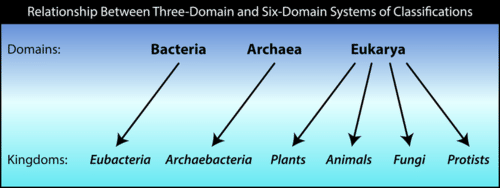What Domain Does Bacteria Fall Under
The reason your book might state it s in eukarya was because there have been massive changes to the taxonomical nomenclature.
What domain does bacteria fall under. A few bacterial species are parasitic. These bacteria live within host organisms and cause disease. However recent studies revealed and provided support for the emergence of another domain.
Organisms with eukaryotic cells belong to the domain eukarya. They are not considered a part of the classical living world. Most bacterial species are heterotrophic.
However bacteria are essential to life as some are part of the human microbiota. They characteristically do not have ether linkages like archaea and they are grouped into a different category and hence a different domain. Bacteria lack a membrane bound nucleus and other internal structures and are therefore ranked among the unicellular life forms called prokaryotes prokaryotes are the dominant living creatures on earth having been present for perhaps three quarters of earth history and having adapted to almost all available ecological habitats.
That is they acquire their food from organic matter. Organisms with eukaryotic cells belong to the domain eukarya. These are also part of the large group of organisms commonly called bacteria most of the thermophilic hot water loving and halophilic brine loving organisms belong here as well as sulfur oxidizers that are mutualists with animals such as pogonophora near submarine hot water vents and the anaerobic decomposers that produce methane from organic wastes such as sewage and landfills.
These organisms are generally feared because some are pathogenic and capable of causing disease. Cyanobacteria should fall under the domain of prokarya. The former domain prokarya which consists only of bacteria has.
They are neither prokaryotes nor eukaryotes. The three domains are the archaea the bacteria and the eukarya. The largest number of bacteria are saprobic meaning that they feed on dead or decaying organic matter.

